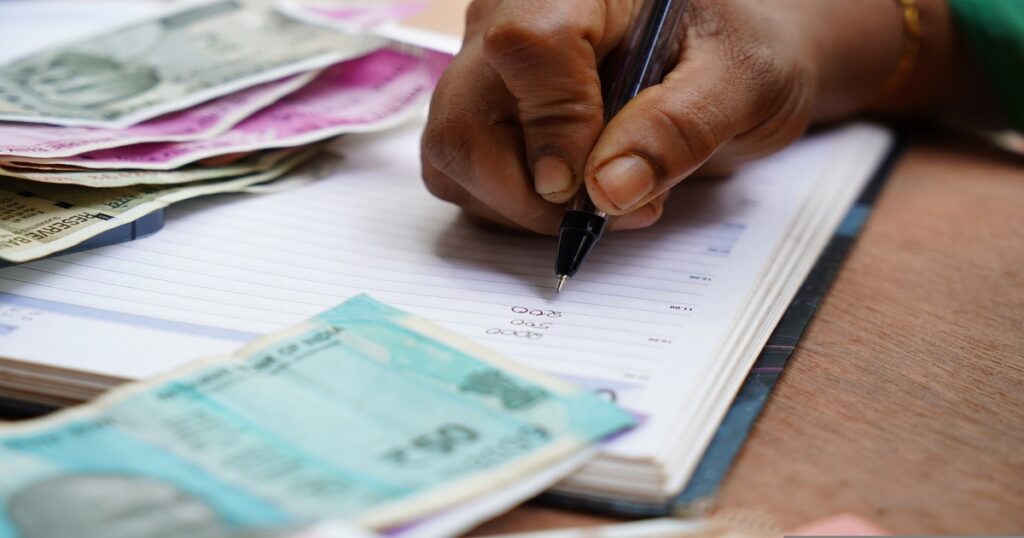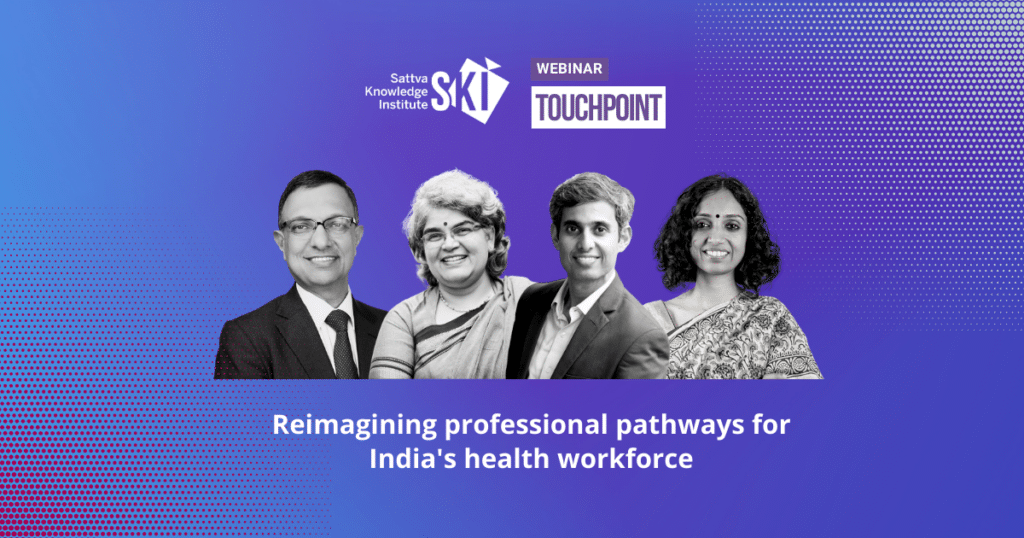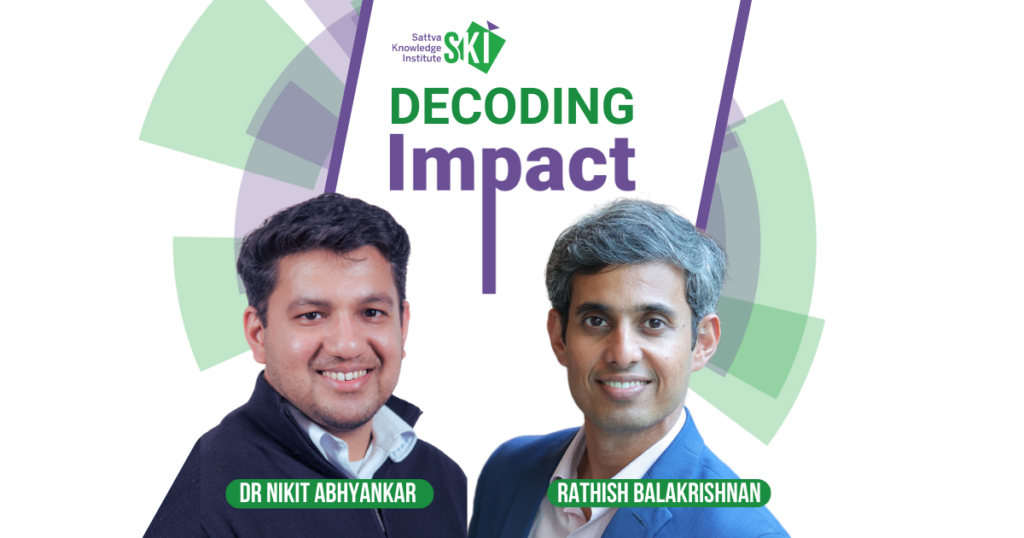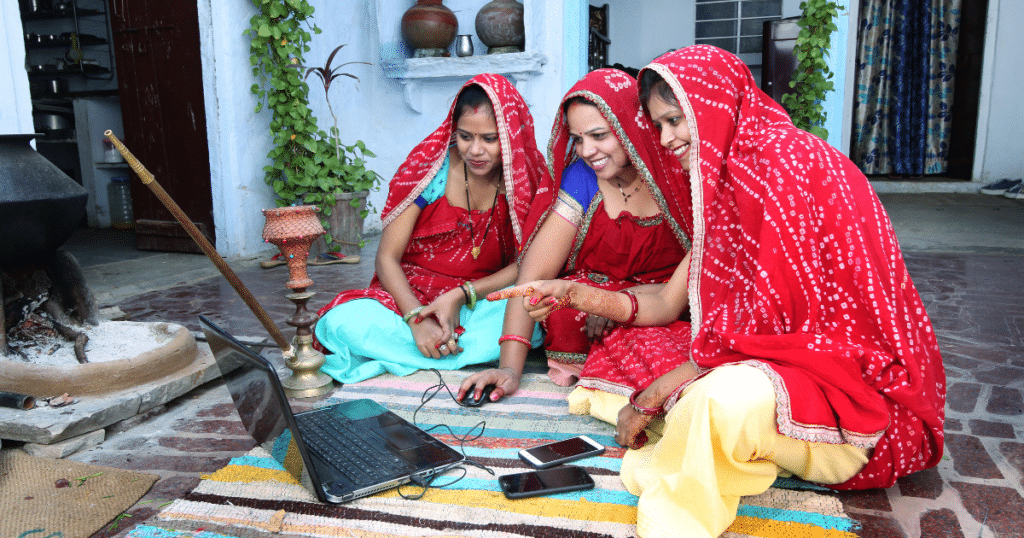India’s Digital Lending Market – The Status Quo
The Indian digital lending market is expected to grow at a Compound Annual Growth Rate (CAGR) of 38%, and reach US $350 billion by 2023 as a result of improved digital financial inclusion. While the demand for credit has increased, a sizable segment of consumers, including individuals, organisations and small businesses, remain underserved. For instance, the MSME sector which generates a significant proportion of India’s credit demand is facing a credit gap of US $330 billion. India’s credit demand remains unmet due to obstacles faced by both borrowers and lenders.
Obstacles at the supply end:
- Complex and lengthy application processes lead to high turnaround times for loan applicants.
- Disadvantaged borrowers with few or no assets have a low likelihood of obtaining credit as formal lending institutions require collateral for security against loans.
Obstacles at the demand end:
- Banks struggle to increase their consumer base due to high operational costs, leading to limited last mile connectivity.
Open Credit Enablement Network (OCEN) – An Overview
In light of these obstacles, the government intends to digitise the entire lending process through the Open Credit Enablement Network (OCEN). The OCEN – along with the Account Aggregator (AA) Network consisting of platforms which facilitate sharing of financial data – is the most recent addition to India Stack (developed to facilitate a digital payments ecosystem).
The OCEN would function as a credit layer while the AAs would function as a consent layer. The OCEN is an open protocol infrastructure that facilitates interactions between various stakeholders involved in the credit value chain through a common digital language. AAs act as intermediaries that facilitate consented sharing of financial information on a real-time basis with lenders.
This framework represents a shift in the assessment of creditworthiness from an asset-based model to one based on continuous cash flow, through the use of digital credit trails and digital sales records. The OCEN optimises the risk assessment process for lenders by easing their access to reliable financial information of borrowers. In addition, it enables lenders to reach a bigger consumer base by partnering with Non-Banking Financial Companies (NBFCs) to leverage their reach, last mile connectivity, and technical capabilities. For example, NBFCs like Muthoot Finance and Bajaj Finance serve economically marginalised consumers who cannot otherwise receive loans from inflexible commercial banks.
Use Cases
The OCEN has the potential to increase credit access for vulnerable sections of the population, MSMEs, and first-time borrowers. It enables lending institutions to offer low-cost and sachet-sized loans to the economically marginalised, who can leverage such credit lines to reduce their daily financial burden.
The OCEN will expand options for borrowers, connecting them to more suitable lending institutions, interest rates, and repayment models rather than relying on local banks. With the OCEN, online marketplaces and digital payment platforms will act as Loan Service Providers (LSPs). So, consumers will also have access to instant credit facilities while making purchases on e-commerce platforms like Amazon, Flipkart, etc.
Governance and Implementation
To test its applicability and to ensure successful implementation, a pilot was launched facilitated by the Government e-Marketplace (GeM) portal. Two reference applications were designed for the pilot: the GeM Sahay and the GST Sahay. The GeM Sahay is a government e-marketplace platform which serves as a Loan Service Provider, while the GST Sahay app acts as a reference application (similar to BHIM for UPI). RBI provides the required regulatory support and guidance for the rollout of India Stack through two collectives, CredAll and Sahamati.
Challenges
While the OCEN has seen significant progress, some challenges remain which may hinder its stated objectives. These include gaps in the risk assessment of borrowers, the lack of a digital trail for informal sector workers who primarily receive their wages in cash, and MSMEs’ inconsistent digital cash flow due to their limited use of digital tools for financial planning. Additionally, the capacity building of Loan Service Providers, who are key stakeholders in the successful implementation of the OCEN, is of high significance.
Authors: Abhishek Modi, Arnab Mukherjee and Pragati Keswani




